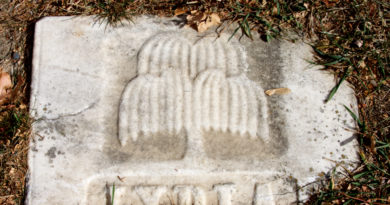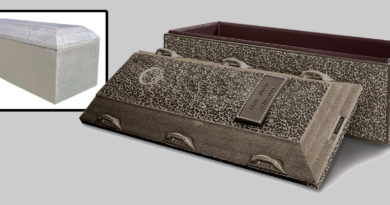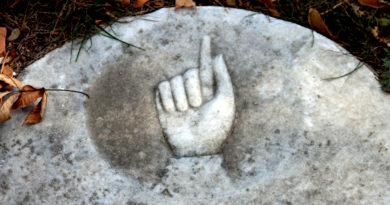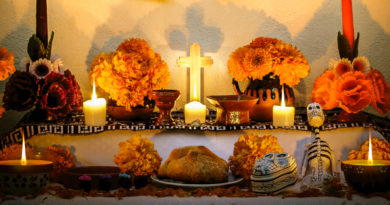What is the Day of the Dead?
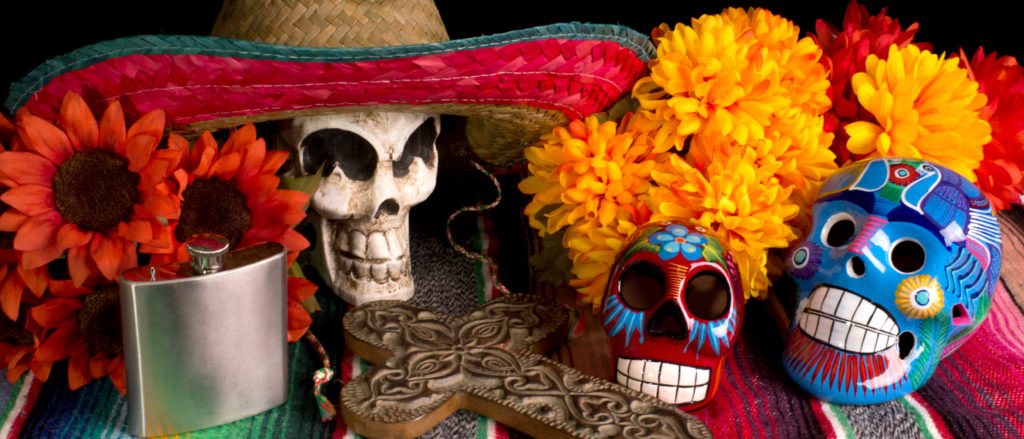
(el Día de los Muertos). Photo © iStock.com/wpd911
For thousands of years, the indigenous people of Mexico have viewed the reality of death as part of the natural cycle of life rather than the permanent end to existence. This tradition persists to this day and shapes how the Mexican people, among other cultures, remember and honor their deceased loved ones. Rather than fearing death, Mexican culture celebrates the lives of its honored dead (in marked contrast to Western tradition) — particularly during the public holiday of el Día de los Muertos (the Day of the Dead).
One Day or Two?
The Day of the Dead actually comprises two days every year: November 1-2. The tradition states that when the clock strikes midnight on October 31 — when Halloween (or All Hallows Eve) gives way to November 1 (All Saints Day in the Christian tradition) — the spirits of deceased children (angelitos, in Spanish) may exit through the gates of heaven and reunite with their loving families for 24 hours. In Spanish, this day is called el Día de los Innnocentes (the Day of the Children) or sometimes el Día de Muertos Chiquitos (the Day of the Little Dead.)
On November 2, which is called el Día de los Muertos (the Day of the Dead), the spirits of deceased adults may also leave heaven for 24 hours in order to spend time with their loved ones.
Traditional Day of the Dead Activities
While Day of the Dead traditions vary regionally, and can even differ among families, a few activities are generally common. Building an altar within the family home is one such tradition. Sometimes called ofrendas (offering), these homemade, personalized altars usually feature the deceased’s favorite foods — such as candies, fruit, tamales and tortillas, chocolates, pan de muerto (bread for the dead), etc. — as well as beverages — such as water, soda, wine, beer, coffee, etc., in order to quench the thirst of the deceased after his or her long journey.
In addition to these items, the homemade altars often include candles, flowers (particularly marigolds), photographs of the deceased, salt (considered a “spice of life”), miniature toys (for the children), and even cigarettes, cigars and shots of liquor (for the adults, obviously).
Another tradition usually observed occurs on November 2, when families travel to the cemeteries containing their departed loved ones. Many cemeteries in Mexico are owned by the church in a given village or town, or even publicly owned, and might lack the regular gravesite maintenance and landscaping attention typical of cemeteries and memorial parks found in the United States, for example. Thus, families visit the graves of the dearly departed during the Day of the Dead in order to spruce them up by mowing the grass, removing weeds, leaves and dead flowers, repairing a fallen headstone, etc.
After cleaning up the gravesite or tomb of a departed loved one, many families will decorate the site with flowers and/or candles, and they might even place an offering of the deceased’s favorite food or drink. (Remember, the Day of the Dead tradition states that the spirits of all deceased adults have returned from heaven to visit on this day and might be hungry/thirsty after the journey.)
A third element typically found in traditional Day of the Dead celebrations involves the use of skeleton and skull imagery. For hundreds of years, the people of Mexico crafted “sugar skulls” — bold, bright, colorfully decorated human skulls that bore the name of the deceased across the skull’s forehead, written in icing. While sometimes consumed by surviving loved ones, these sugar skulls typically adorned the homemade altars or gravesites of the honored dead. Today, as the art of handcrafting sugar skulls disappears, families often purchase mass-produced, non-edible versions — and even sugar skulls imported from other countries.
Similarly, families will use folk-art skeletons, whether purchased or handcrafted, to decorate their homemade altars and/or the gravesites and tombs of deceased loved ones. Not unlike an English Christmas pudding that traditionally contains a lucky coin, the pan de muerto (bread for the dead) will sometimes contain a miniature skeleton!
As noted above, while Day of the Dead traditions vary regionally, one thing they all have in common is the belief that celebrating the lives of the dearly departed is important and that doing so will bring families good luck and security until the next Day of the Dead holiday.
Sources:
“Día de los Muertos.” www.tomzap.com. Retrieved January 01, 2017. http://www.tomzap.com/muertos.html
“Day of the Dead & the Sugar Skull Tradition” by Angela Villalba. www.mexicansugarskull.com. Retrieved January 01, 2017. http://www.mexicansugarskull.com/support/dodhistory.html
“The Day of the Dead — November 2nd” by Helen Tafoya-Barraza. www.unm.edu. Retrieved January 01, 2017. http://www.unm.edu/~htafoya/dayofthedead.html


